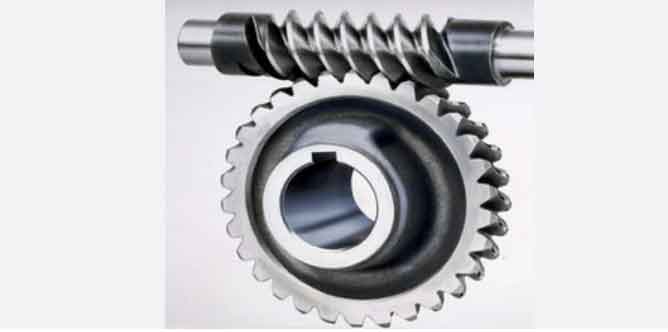
Helical gears play a crucial role in automotive engineering, contributing to enhanced efficiency and performance in various components and systems. Here are some key areas in which helical gears are used in automotive applications and their impact on efficiency and performance:
1. Automotive Transmissions:
Helical gears are extensively used in automotive transmissions, including manual, automatic, and continuously variable transmissions (CVT). In these systems, helical gears enable smooth and efficient power transmission between different gear ratios, resulting in improved fuel efficiency and better acceleration.
2. Differential Gears:
In the differential assembly of vehicles, helical gears are commonly employed to transfer power from the drive shaft to the wheels while allowing them to rotate at different speeds during turns. Helical gears in differentials provide smoother torque distribution, reducing wheel slip and improving vehicle stability and handling.
3. Power Steering Systems:
Helical gears are used in power steering systems to transmit power from the steering wheel to the steering rack or gearbox. Their smooth operation and efficiency ensure precise and responsive steering, enhancing the driver’s control and comfort.
4. Transfer Cases and Four-Wheel Drive Systems:
In off-road vehicles and SUVs with four-wheel drive systems, helical gears are utilized in transfer cases to distribute power between the front and rear axles. Their efficiency and load-carrying capacity contribute to robust four-wheel drive capabilities, improving traction and performance in challenging terrains.
5. Engine Timing Systems:
Helical gears are employed in engine timing systems, such as the timing belt or chain drive mechanisms. In these applications, helical gears ensure accurate and consistent valve timing, optimizing engine performance and fuel efficiency.
6. Camshaft Phasers:
Camshaft phasers are used in variable valve timing (VVT) systems to control the opening and closing of engine valves. Helical gears in camshaft phasers allow for precise and seamless adjustment of valve timing, optimizing engine efficiency and power delivery across various engine speeds.
7. Superchargers and Turbochargers:
In forced induction systems like superchargers and turbochargers, helical gears are used to transmit power from the engine to the compressor impeller. Helical gears in these systems contribute to efficient power delivery, increasing engine performance without compromising fuel efficiency.
8. Starter Motors:
Helical gears are utilized in starter motors to engage the engine’s flywheel during the starting process. Their smooth operation and load-carrying capacity ensure reliable engine starting and reduced wear on the starter motor.
Helical gears’ efficiency, smoothness, and load-carrying capabilities make them an integral part of automotive engineering, enhancing various systems’ performance. As automotive technology advances, further innovations in gear design and manufacturing processes may lead to even more optimized and efficient gear systems in future vehicles.
